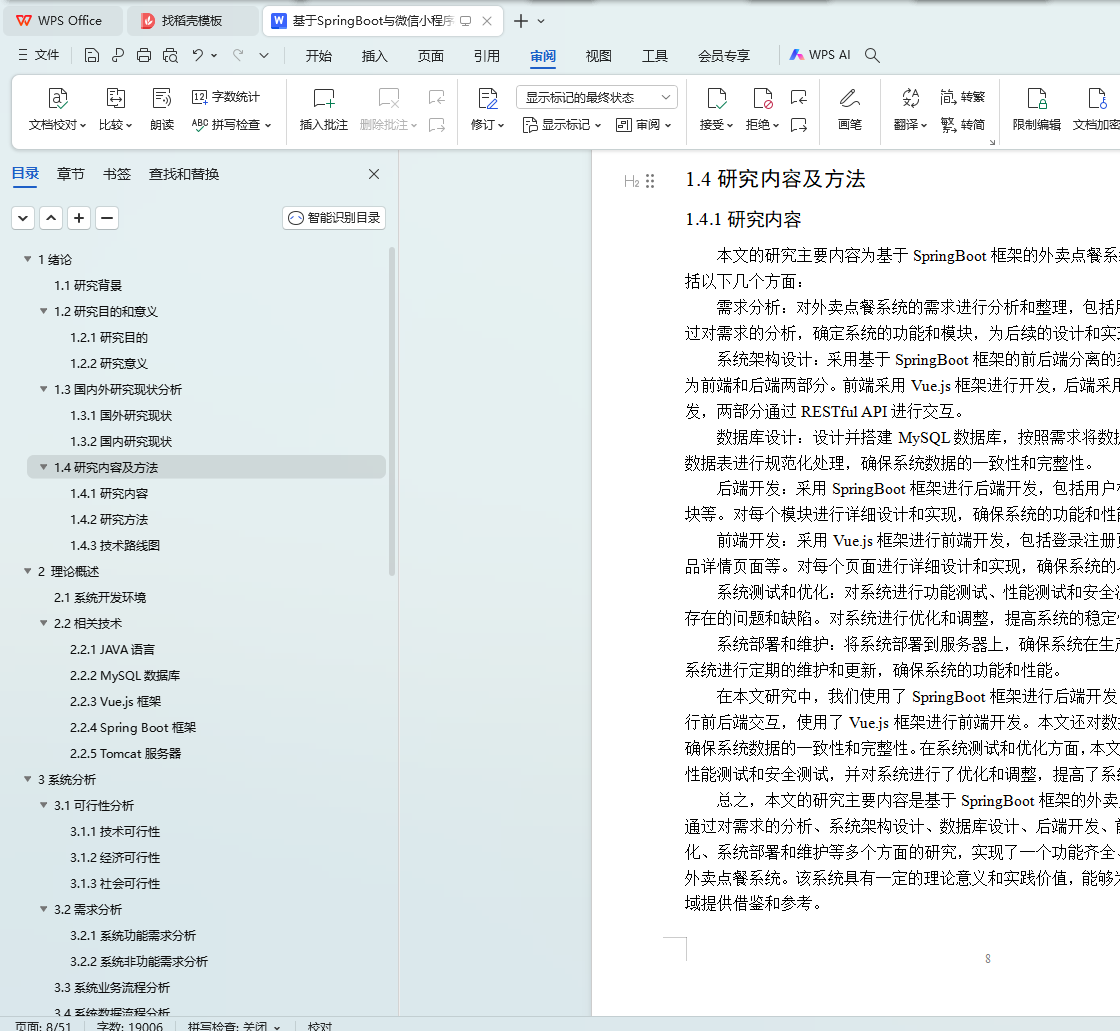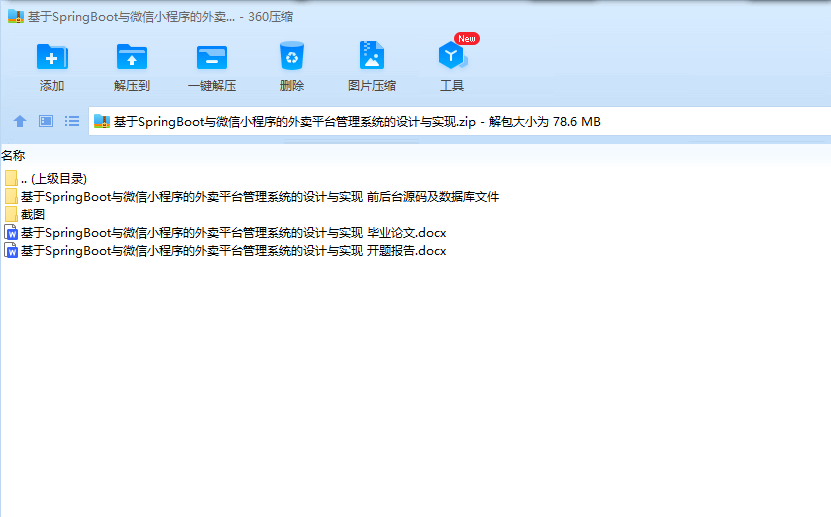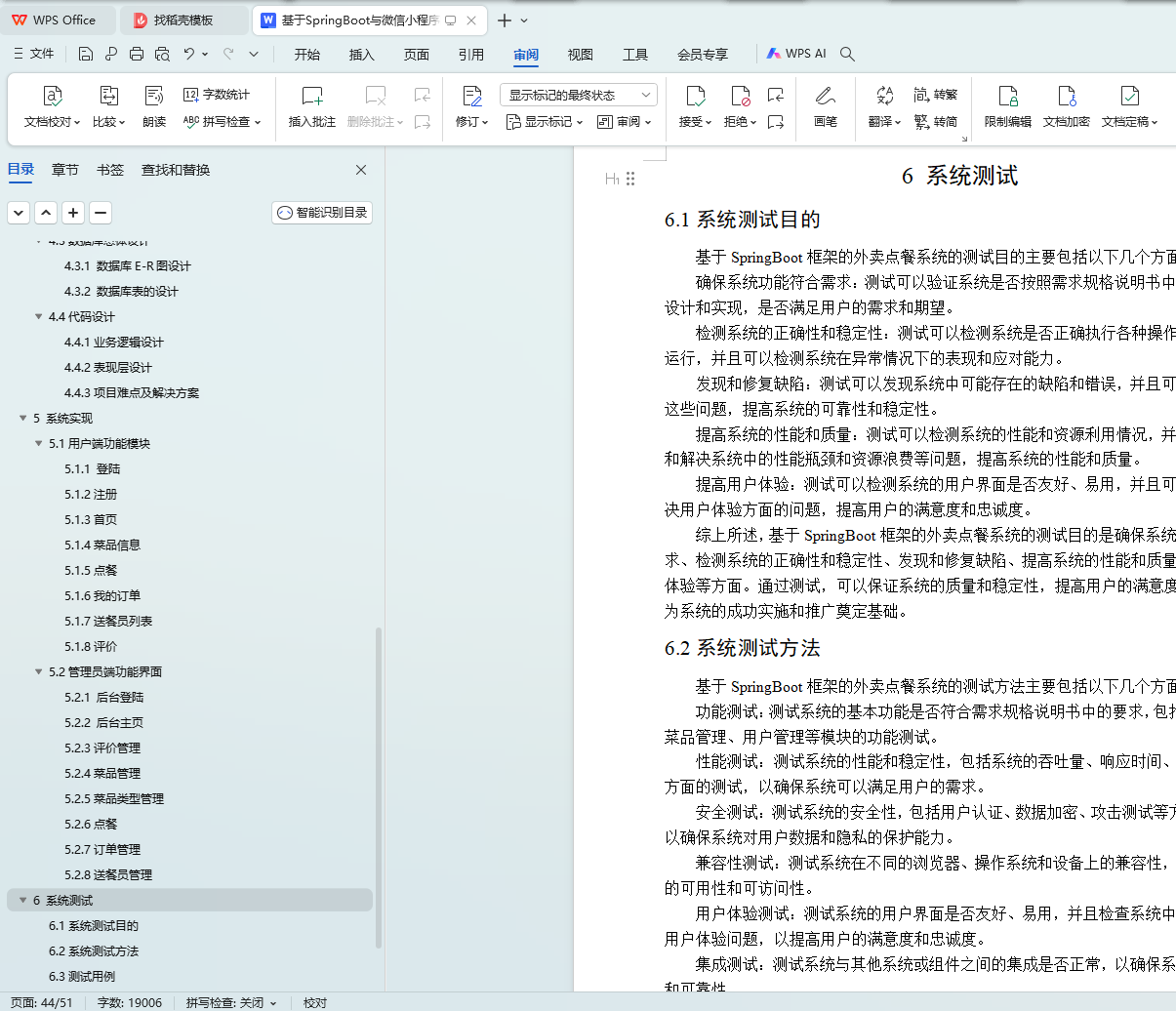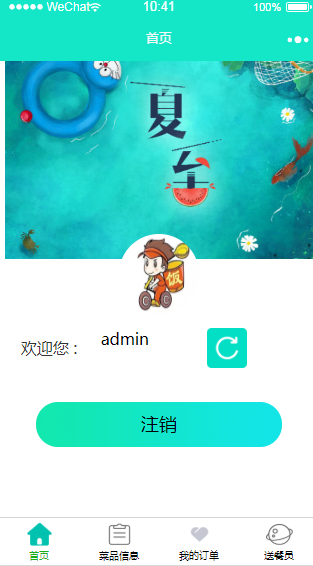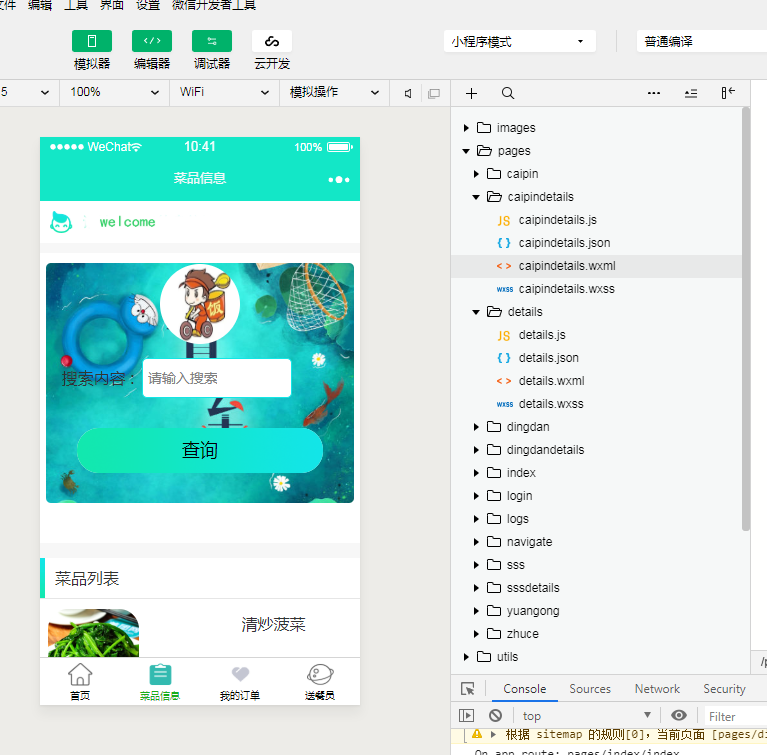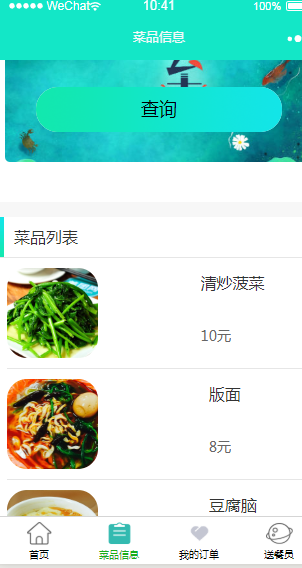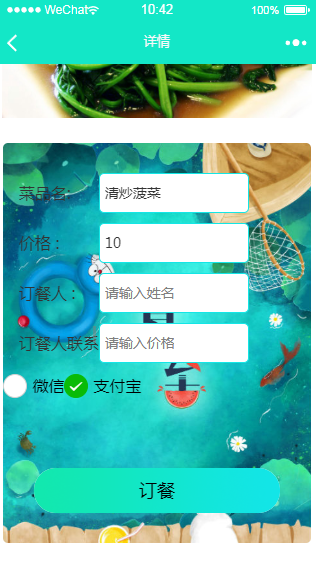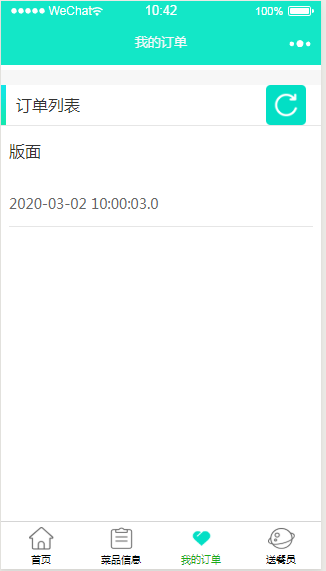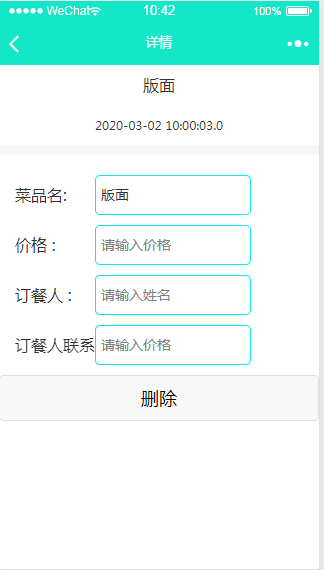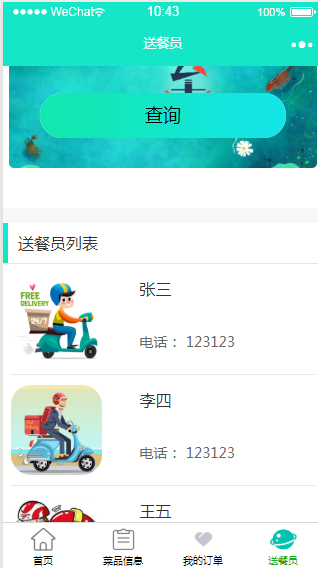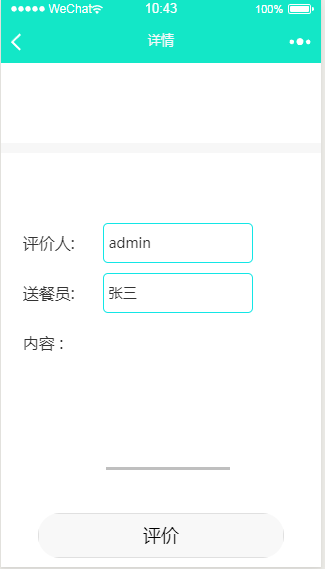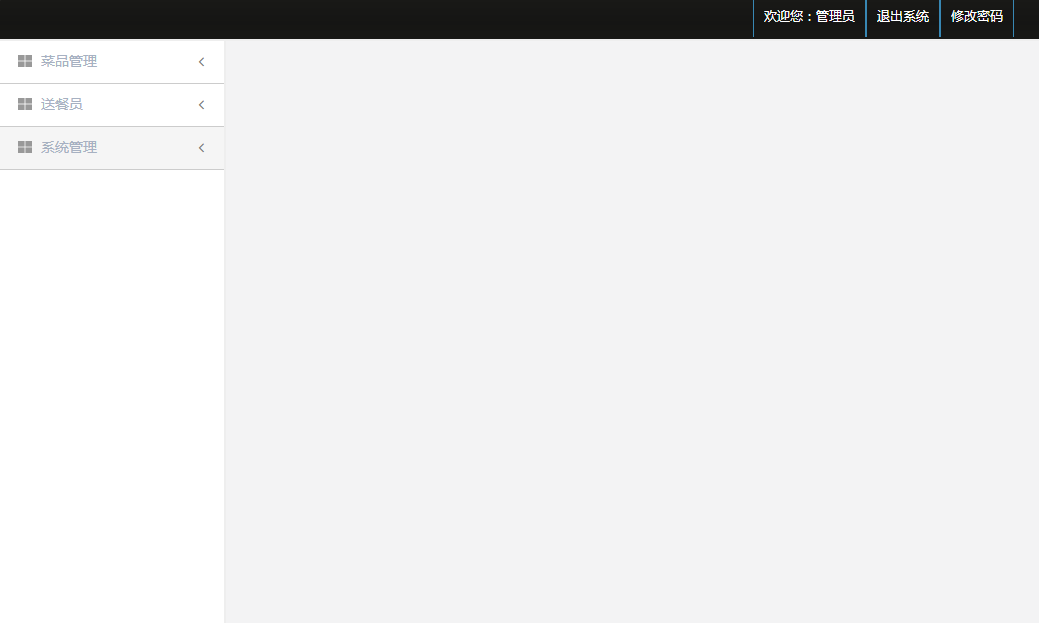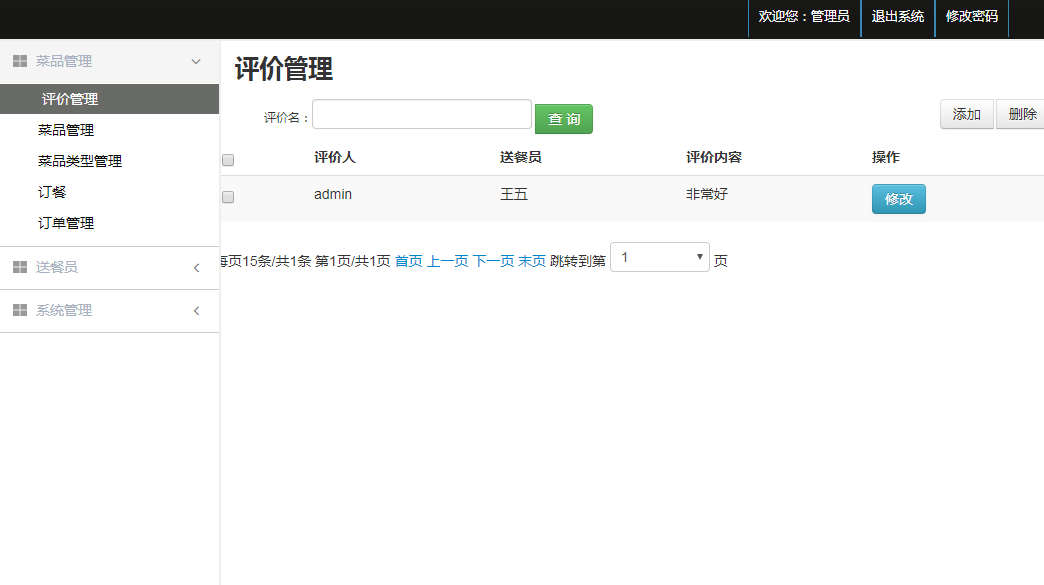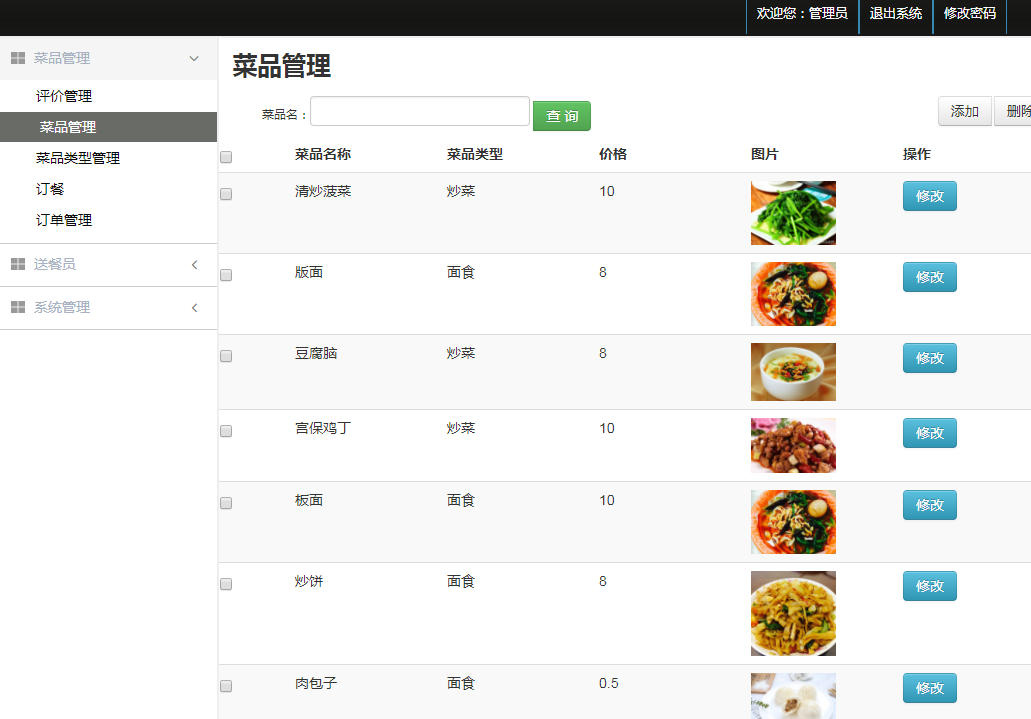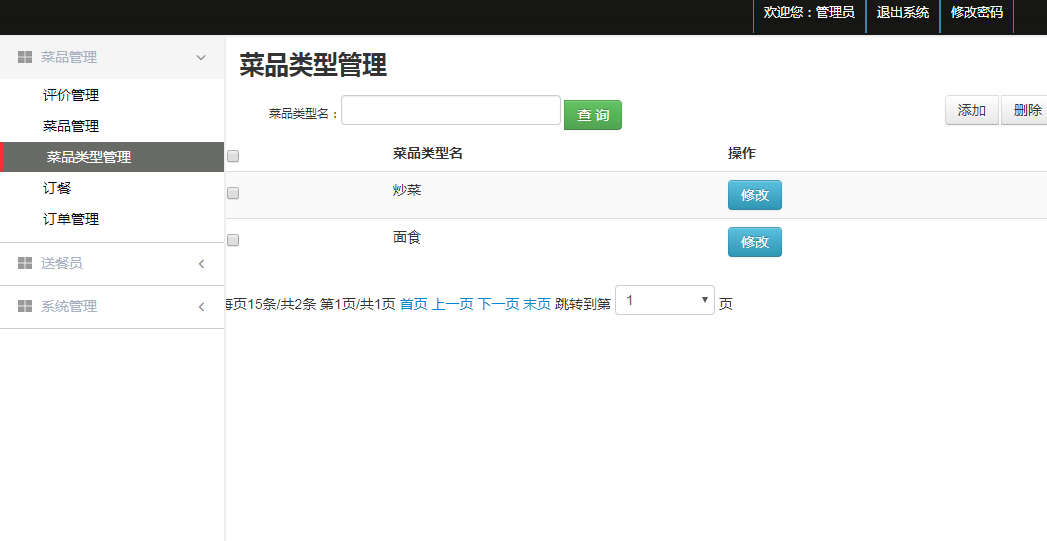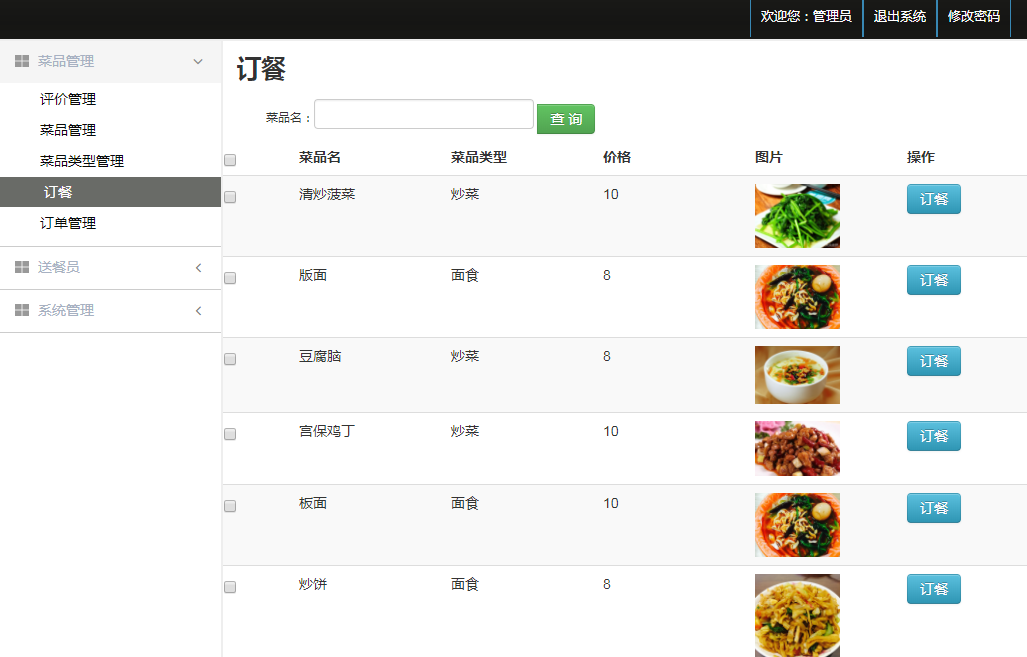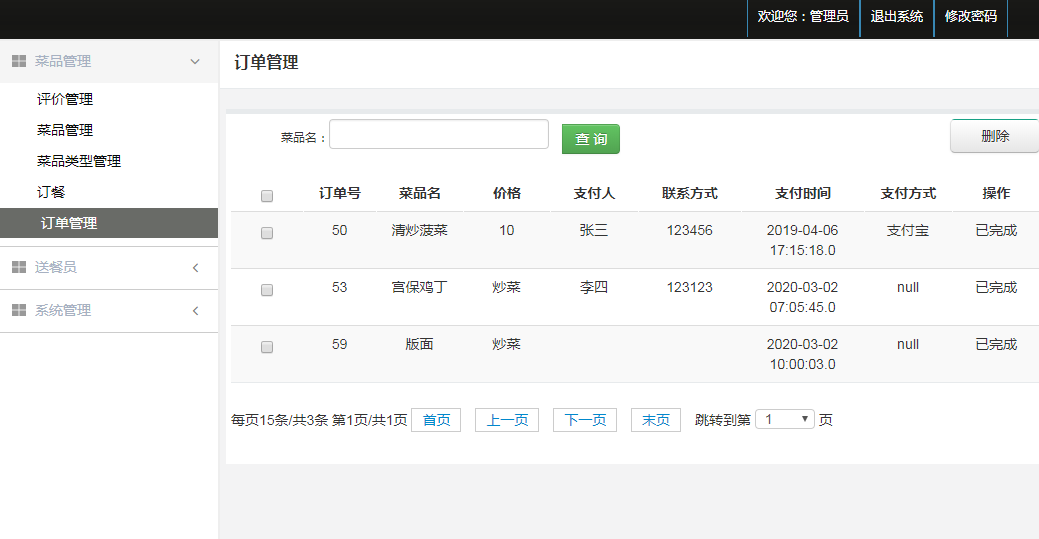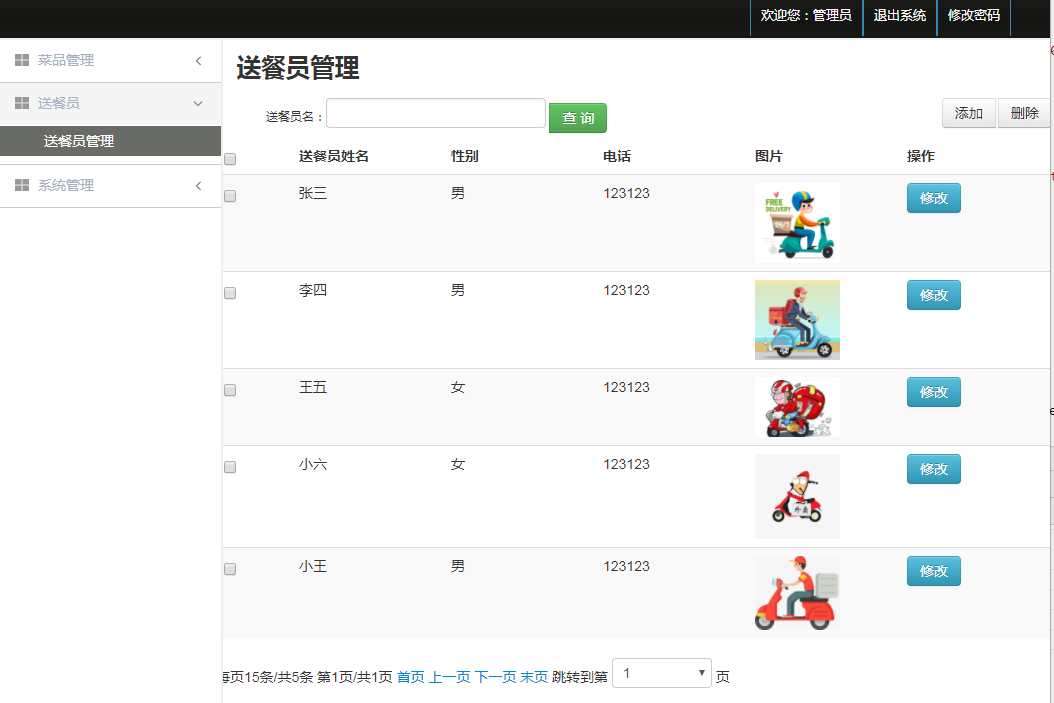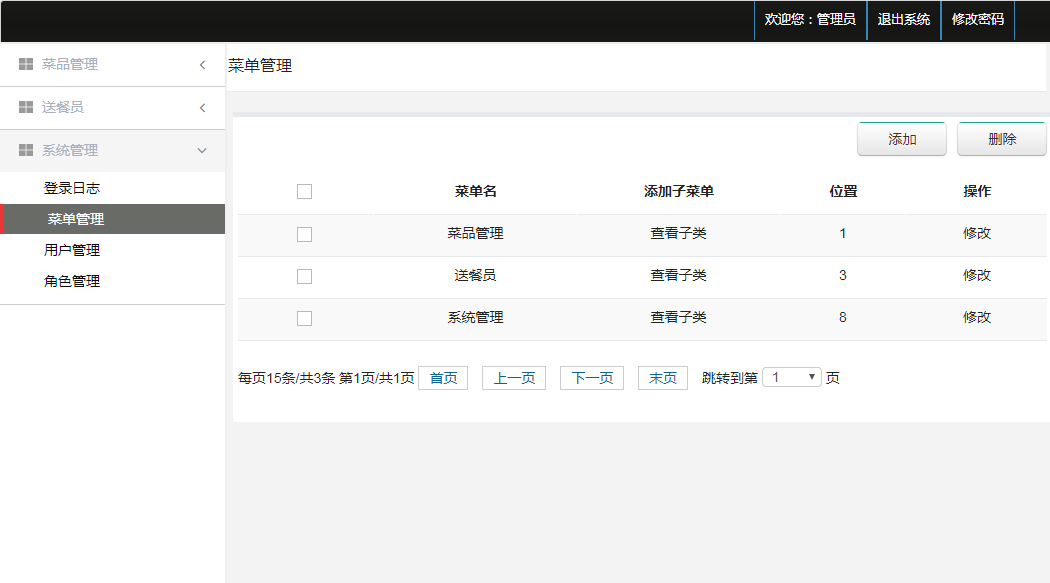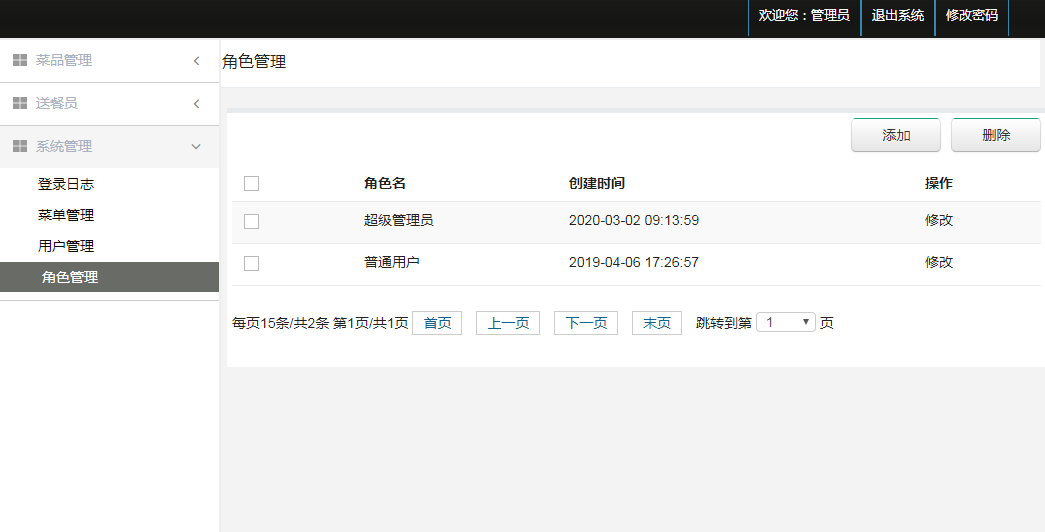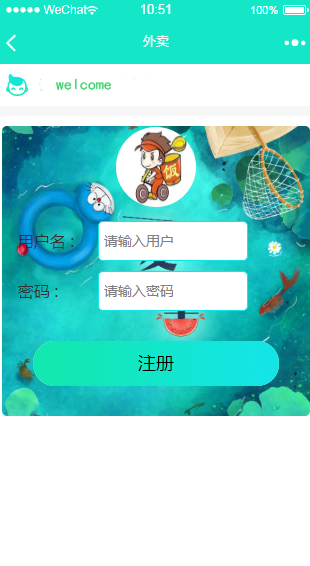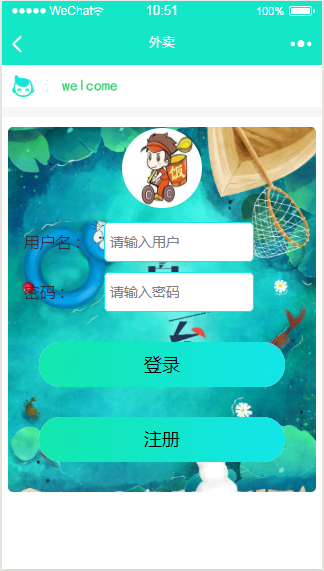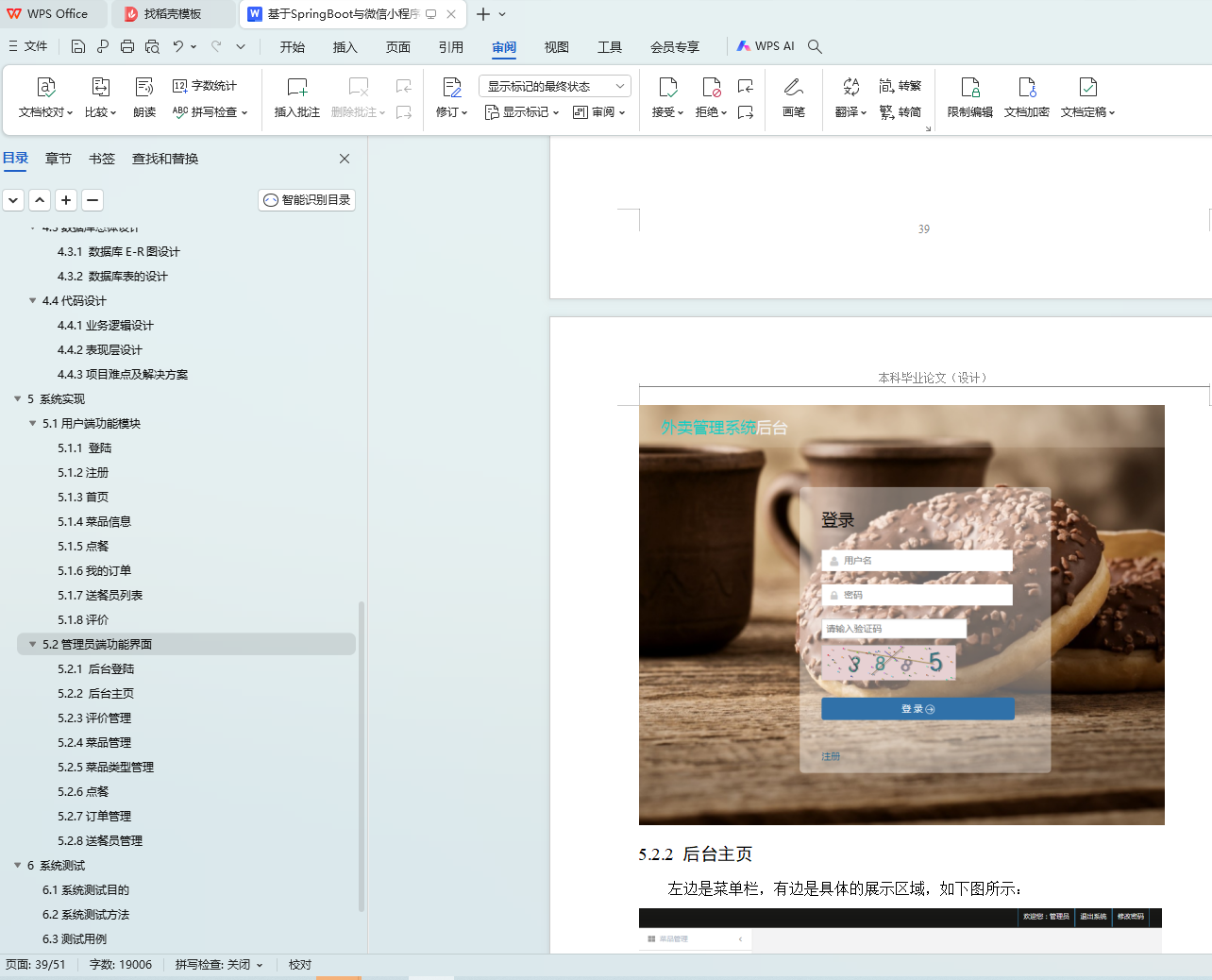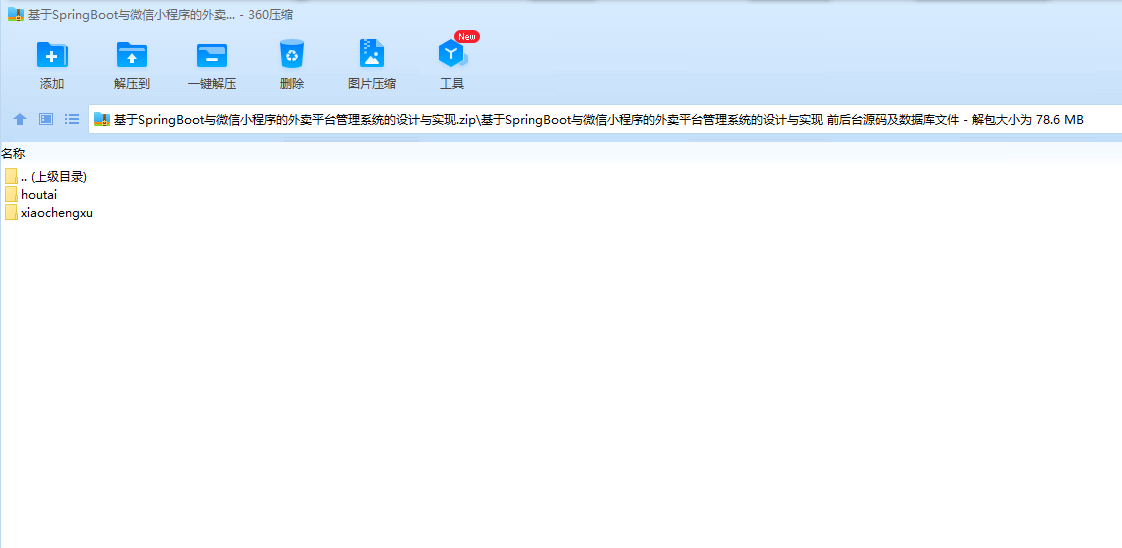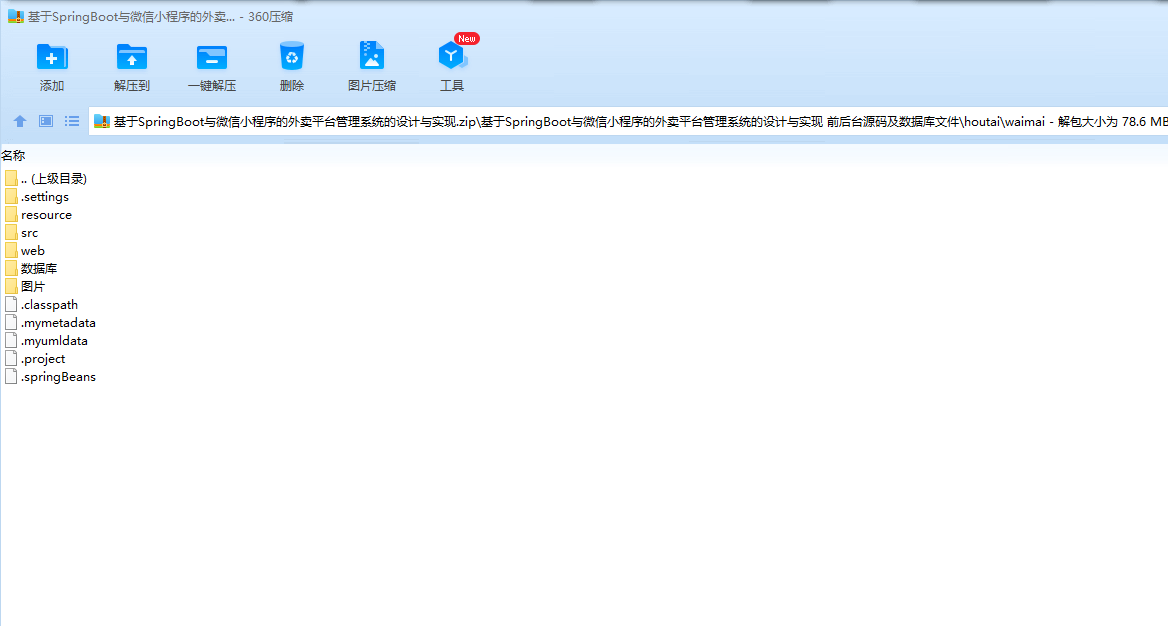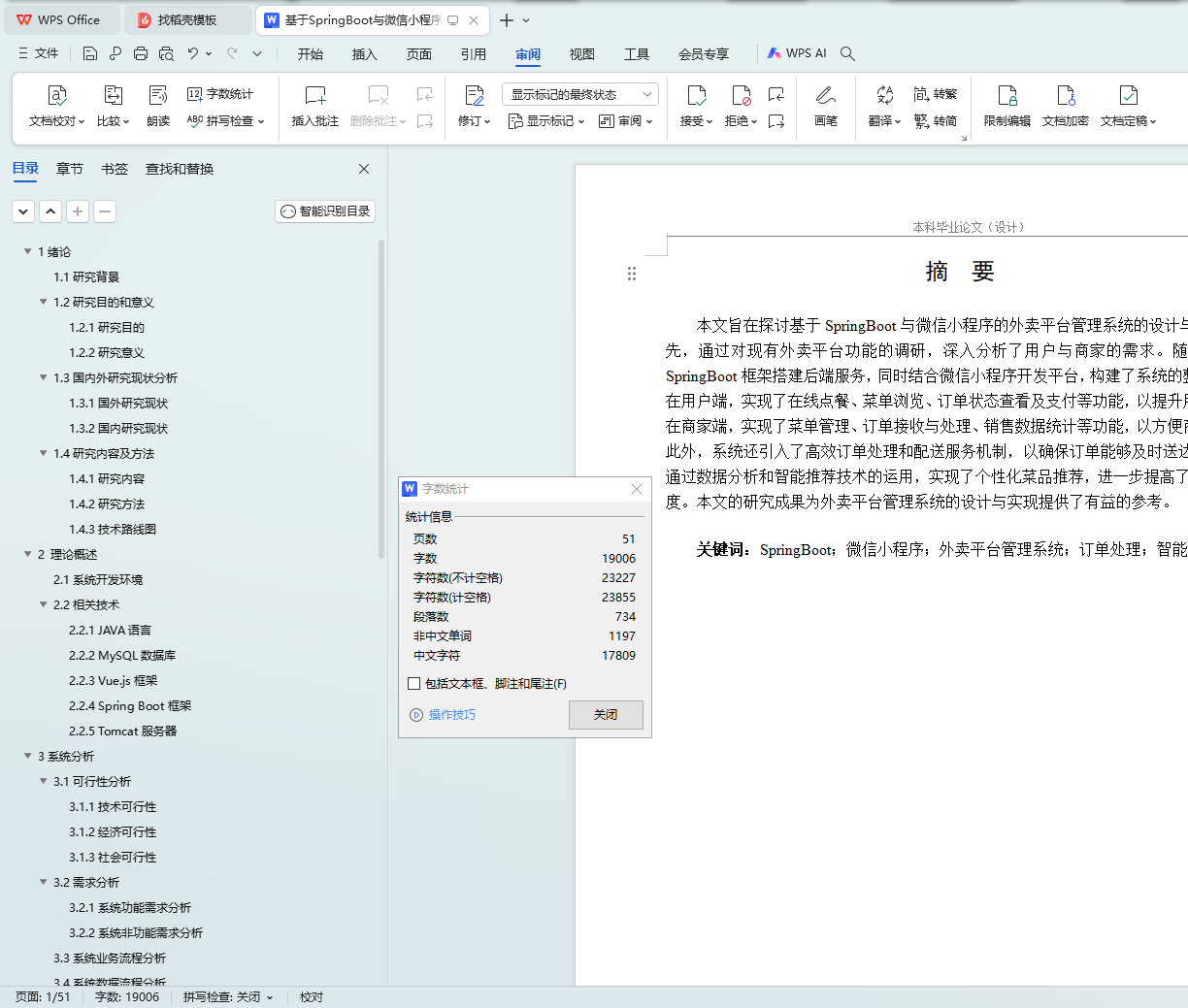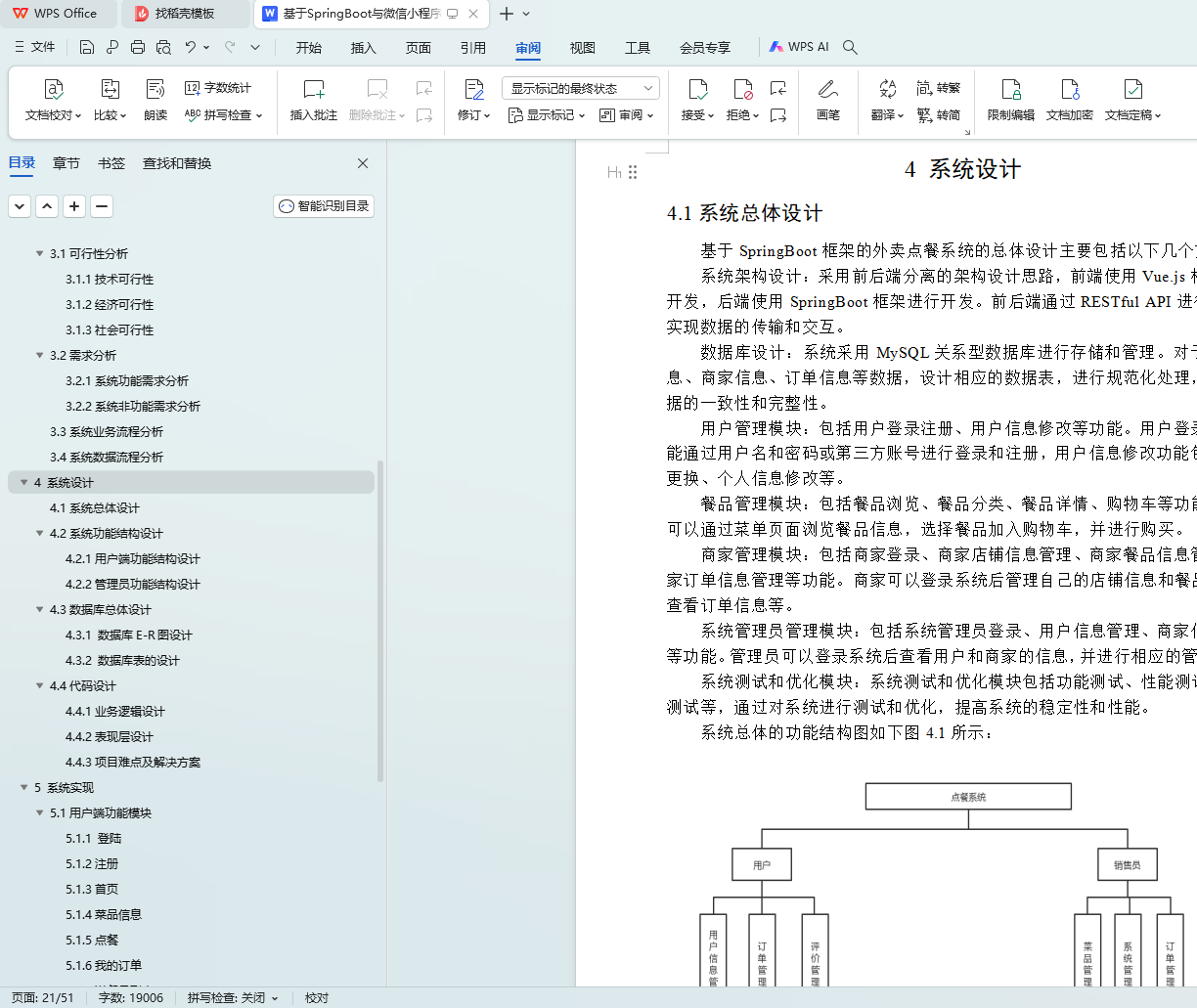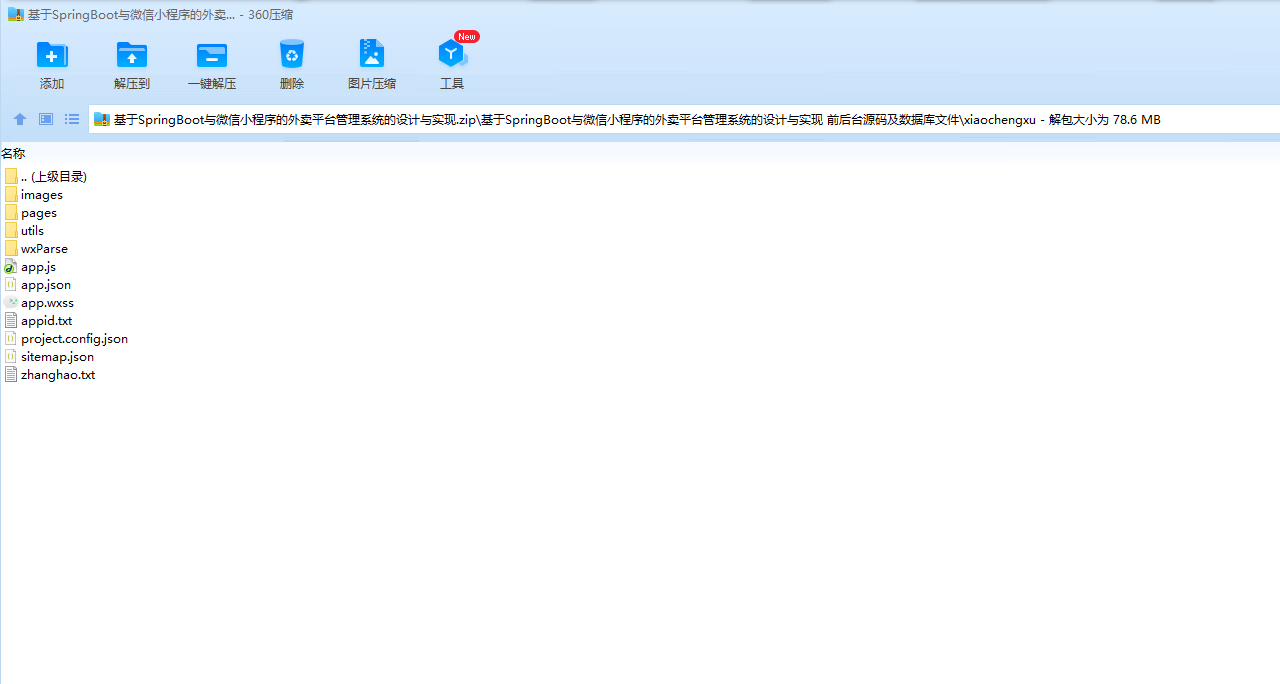摘 要
本文旨在探讨基于SpringBoot与微信小程序的外卖平台管理系统的设计与实现。首先,通过对现有外卖平台功能的调研,深入分析了用户与商家的需求。随后,利用SpringBoot框架搭建后端服务,同时结合微信小程序开发平台,构建了系统的整体架构。在用户端,实现了在线点餐、菜单浏览、订单状态查看及支付等功能,以提升用户体验。在商家端,实现了菜单管理、订单接收与处理、销售数据统计等功能,以方便商家运营。此外,系统还引入了高效订单处理和配送服务机制,以确保订单能够及时送达。最后,通过数据分析和智能推荐技术的运用,实现了个性化菜品推荐,进一步提高了用户满意度。本文的研究成果为外卖平台管理系统的设计与实现提供了有益的参考。
关键词:SpringBoot;微信小程序;外卖平台管理系统;订单处理;智能推荐
Abstract
This paper aims to discuss the design and implementation of the delivery platform management system based on SpringBoot and WeChat small program. First of all, through the investigation of the existing takeout platform functions, the in-depth analysis of the needs of users and merchants. Subsequently, the SpringBoot framework was used to build back-end services, and combined with the WeChat small program development platform to build the overall architecture of the system. On the client side, functions such as online ordering, menu browsing, order status viewing and payment are realized to improve the user experience. On the merchant side, the functions of menu management, order receiving and processing, sales data statistics and so on are realized to facilitate the operation of merchants. In addition, the system has introduced efficient order processing and delivery service mechanisms to ensure timely delivery of orders. Finally, through data analysis and the application of intelligent recommendation technology, personalized dish recommendation is realized, and user satisfaction is further improved. The research results of this paper provide a useful reference for the design and implementation of the delivery platform management system.
Key words: SpringBoot; WeChat small program; food delivery platform management system; order processing; intelligent recommendation
目 录
1绪论
1.1研究背景
1.2研究目的和意义
1.2.1研究目的
1.2.2研究意义
1.3国内外研究现状分析
1.3.1国外研究现状
1.3.2国内研究现状
1.4研究内容及方法
1.4.1研究内容
1.4.2研究方法
1.4.3技术路线图
2 理论概述
2.1系统开发环境
2.2相关技术
2.2.1 JAVA语言
2.2.2 MySQL数据库
2.2.3 Vue.js框架
2.2.4 Spring Boot框架
2.2.5 Tomcat服务器
3系统分析
3.1可行性分析
3.1.1技术可行性
3.1.2经济可行性
3.1.3社会可行性
3.2需求分析
3.2.1系统功能需求分析
3.2.2系统非功能需求分析
3.3系统业务流程分析
3.4系统数据流程分析
4 系统设计
4.1系统总体设计
4.2系统功能结构设计
4.2.1用户端功能结构设计
4.2.2管理员功能结构设计
4.3数据库总体设计
4.3.1 数据库E-R图设计
4.3.2 数据库表的设计
4.4代码设计
4.4.1业务逻辑设计
4.4.2表现层设计
4.4.3项目难点及解决方案
5 系统实现
5.1用户端功能模块
5.1.1 登陆
5.1.2注册
5.1.3首页
5.1.4菜品信息
5.1.5点餐
5.1.6我的订单
5.1.7送餐员列表
5.1.8评价
5.2管理员端功能界面
5.2.1 后台登陆
5.2.2 后台主页
5.2.3评价管理
5.2.4菜品管理
5.2.5菜品类型管理
5.2.6点餐
5.2.7订单管理
5.2.8送餐员管理
6 系统测试
6.1系统测试目的
6.2系统测试方法
6.3测试用例
6.3测试总结
结束语
致 谢
参考文献
